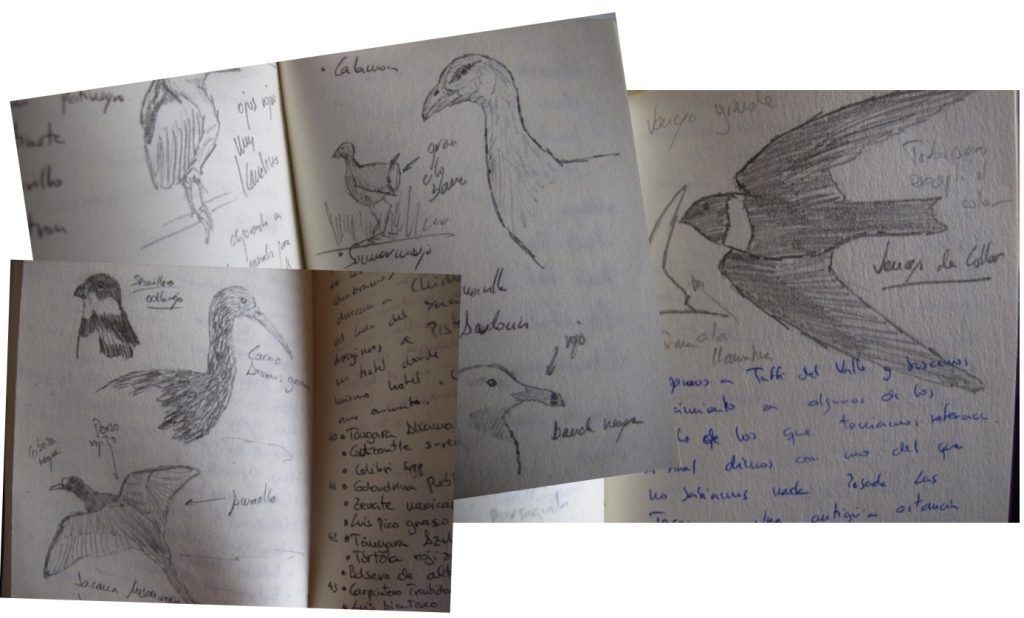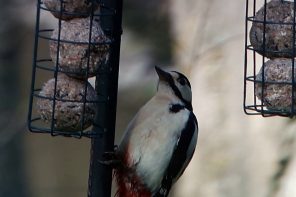CONSERVATION STATUS OF BIRDS IN SPAIN
The latest available information about bird populations and
IBAs for the ‘InternationalYear of Biological Diversity
General results
It has not been possible to halt the loss of biodiversity
during the last decade.
Birds in farmland habitats
Modern farming methods are the cause of conservation
problems for many birds in Spain.
Birds in steppe habitats
This is the most neglected habitat in terms of conservation
measures, and almost all bird species associated with it
suffer conservation problems.
Birds in scrub habitats
The DartfordWarbler and the Southern Grey Shrike are
highlighted as the most endangered species of this
environment.
Birds in forest and woodland habitats
Although in general the conservation status of forest and
woodland birds is better than that in other habitats,many
species are still threatened.
Birds in alpine habitats
Currently this is one of the habitats with the least
information on bird populations.
Birds in rock face habitats
Although most birds of prey associated with this
environment show positive population trends, they are
still threatened.
Birds in wetland habitats
After years of working to conserve Spanish wetlands,
the situation for most of the associated bird species has
not improved and many are still seriously threatened.
Birds in marine habitats
This group includes many species which have been very
little studied; moreover, at sea there are numerous
threats which mean that many of them are endangered.
Birds in urban habitats
Although the overall population of the bird species
found in our cities is huge, some of them show worrying
population declines.
The status of Important BirdAreas
The network of important areas for bird conservation
has been completed thanks to the identification of
marine IBAs.




